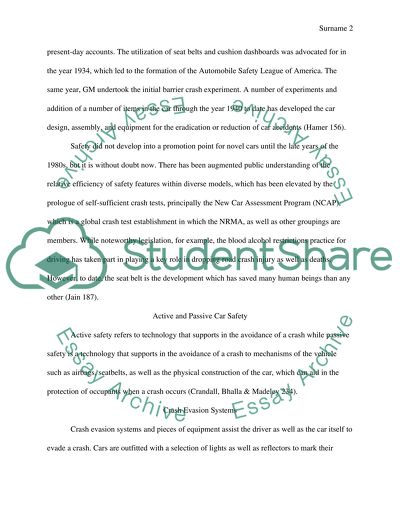Cite this document
(“Car Safety Term Paper Example | Topics and Well Written Essays - 2000 words”, n.d.)
Car Safety Term Paper Example | Topics and Well Written Essays - 2000 words. Retrieved from https://studentshare.org/engineering-and-construction/1433786-car-safety
Car Safety Term Paper Example | Topics and Well Written Essays - 2000 words. Retrieved from https://studentshare.org/engineering-and-construction/1433786-car-safety
(Car Safety Term Paper Example | Topics and Well Written Essays - 2000 Words)
Car Safety Term Paper Example | Topics and Well Written Essays - 2000 Words. https://studentshare.org/engineering-and-construction/1433786-car-safety.
Car Safety Term Paper Example | Topics and Well Written Essays - 2000 Words. https://studentshare.org/engineering-and-construction/1433786-car-safety.
“Car Safety Term Paper Example | Topics and Well Written Essays - 2000 Words”, n.d. https://studentshare.org/engineering-and-construction/1433786-car-safety.


